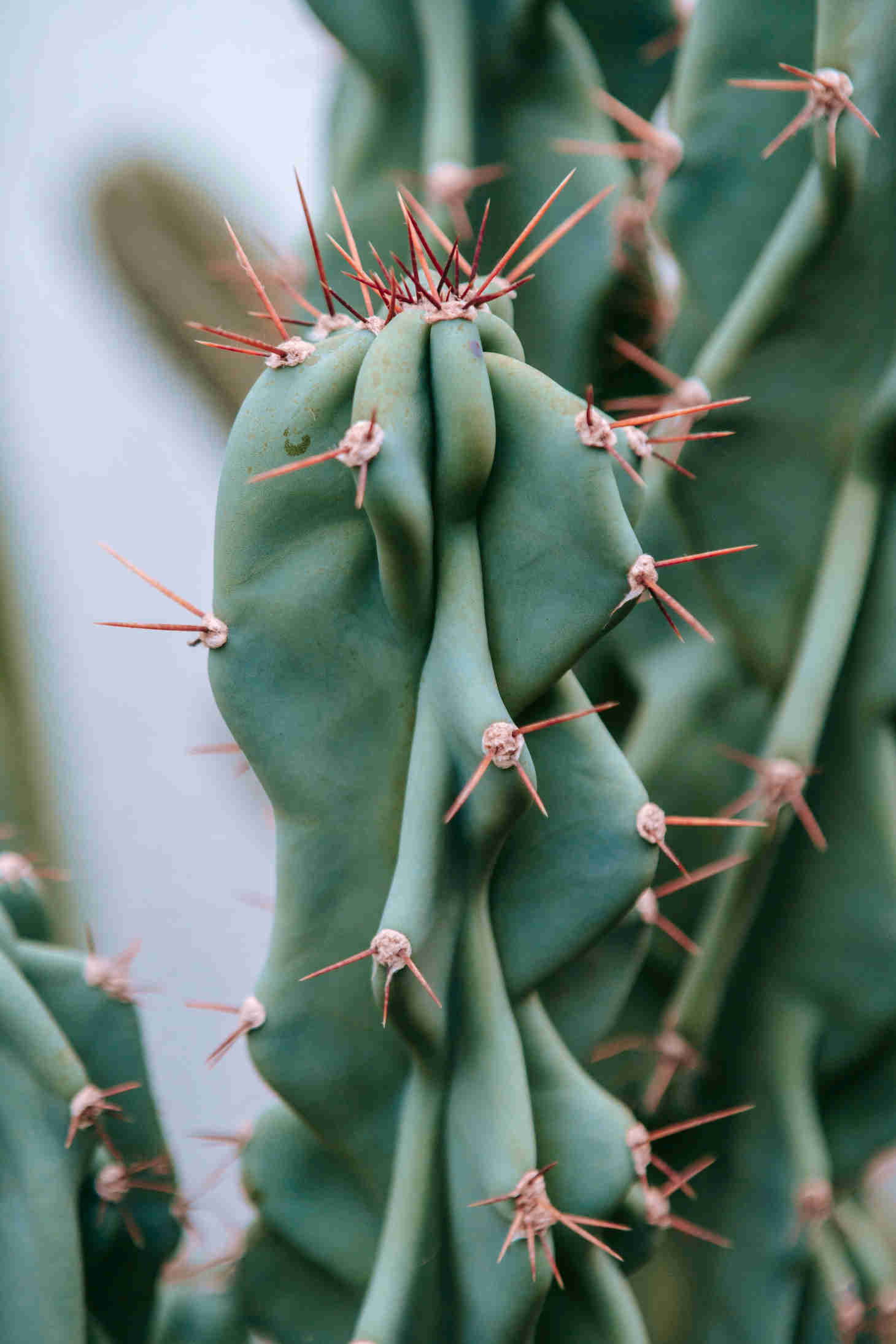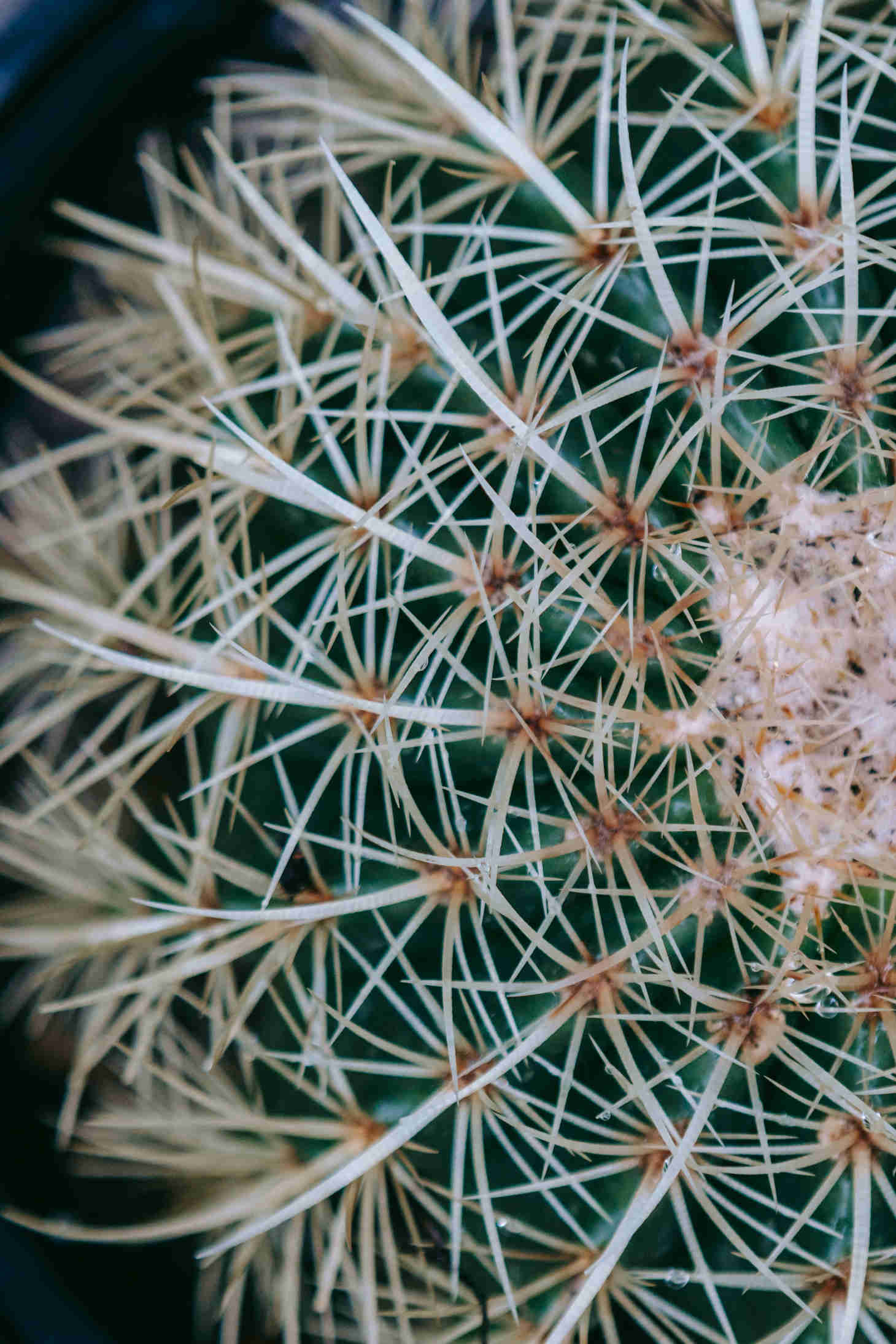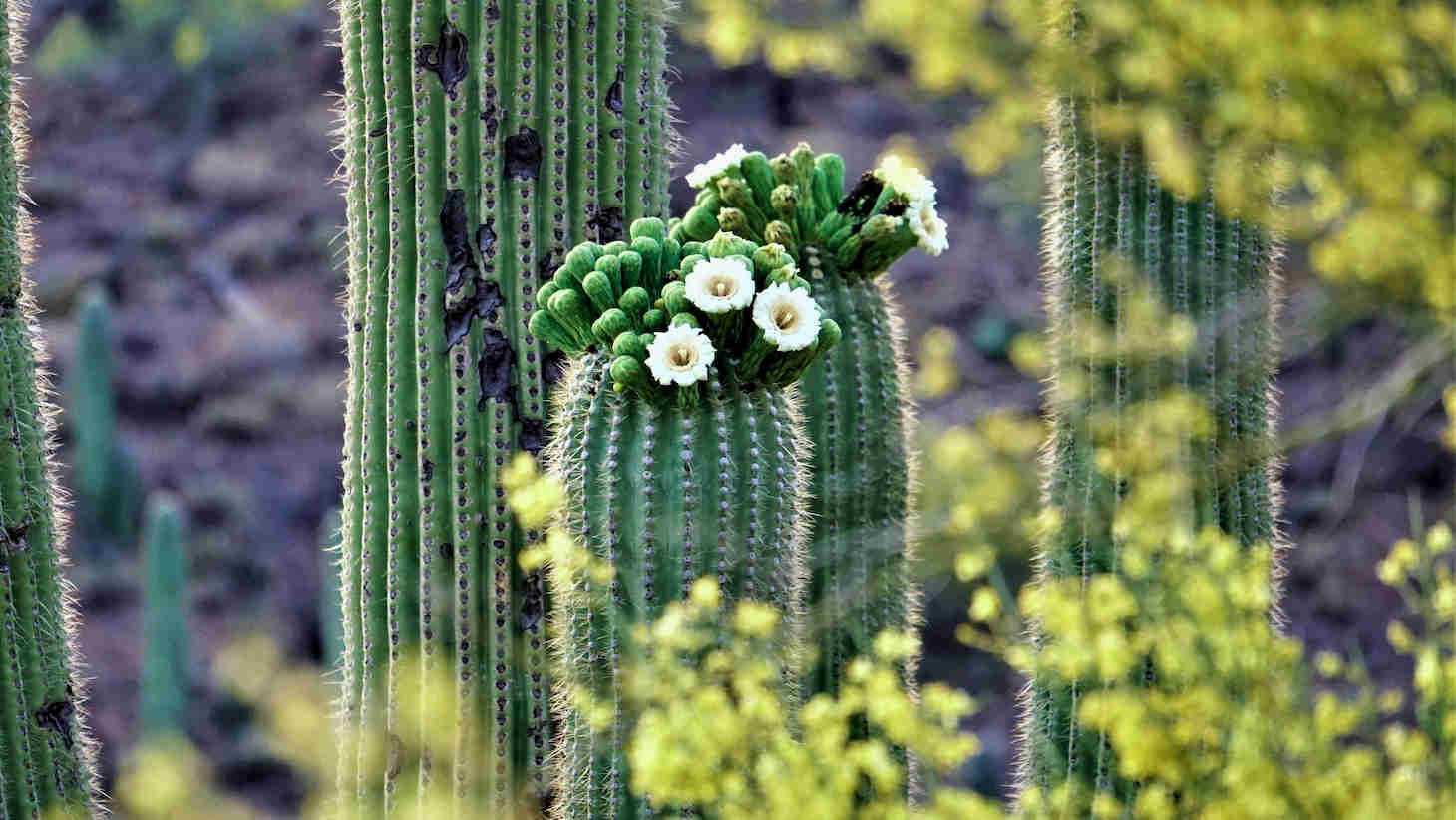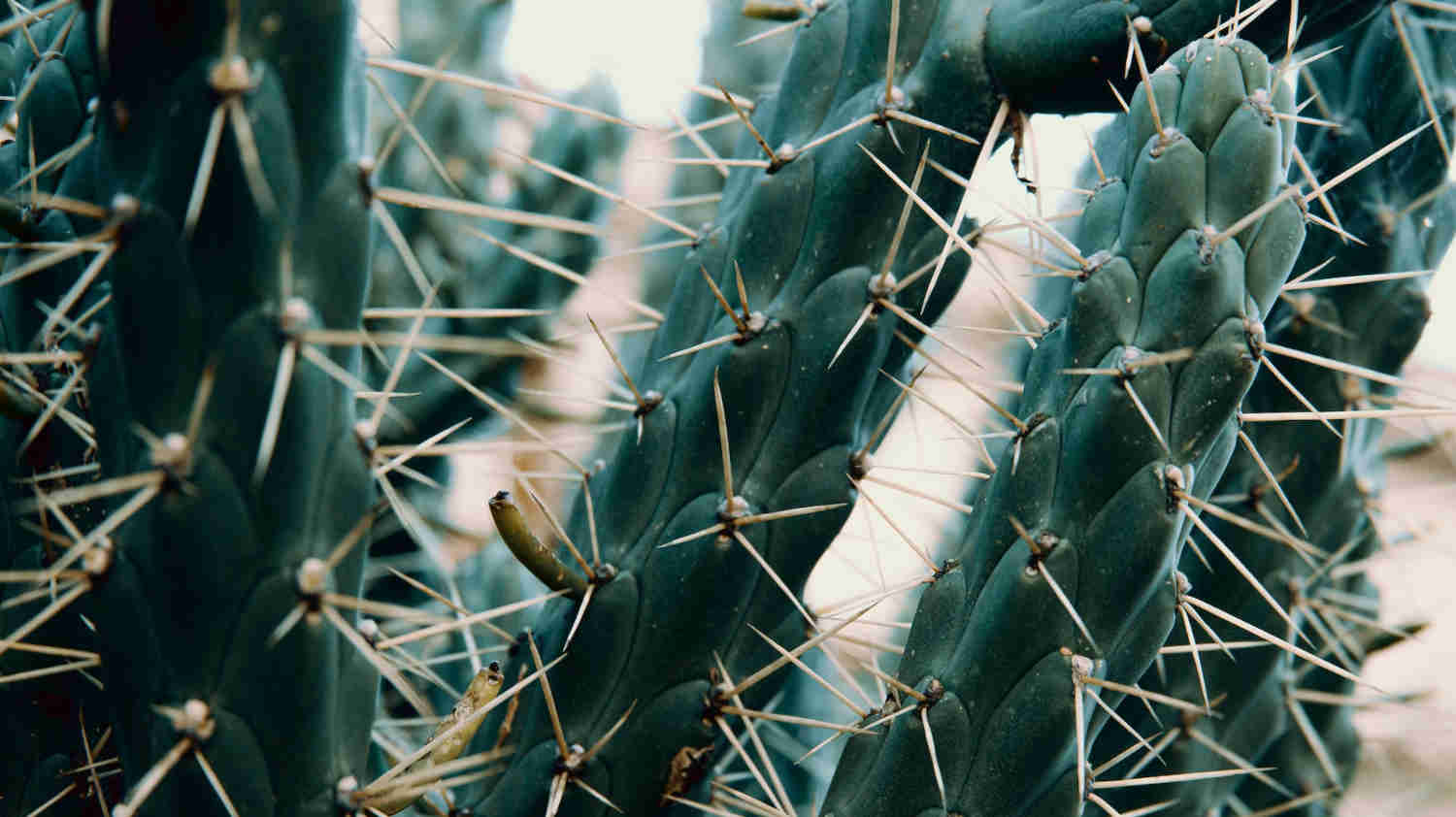Parts of a Cactus
Cacti are a species of succulents that have adapted to thrive in arid climates all over the world. They are known for their distinctive characteristics, including their thick stems that store water, their spines that protect them from predators, and their beautiful, vibrant flowers. Let’s explore the main parts of a cactus and its functions!
Exploring the Anatomy of a Cactus
Stems
The most prominent and essential part of a cactus is the stem. Cacti have developed thick, fleshy stems that carry out photosynthesis and energy storage unlike many other plants, which rely on their leaves for these functions.
Cactus stems often have a sturdy skin layer which serves as a reservoir to hold water and prevent evaporation. Take for example, the saguaro cactus found in Arizona’s Sonoran Desert. It has the capability to store water within its stems, enabling it to survive extended periods of drought without relying on rainfall.

Cacti have stems that greatly range in size and shape. The saguaro cactus can reach a towering height of up to fifty feet and has a distinctive upright columnar shape. Other cacti, like the ball cactus, are much smaller and have a round, ball-like shape. Some cacti such as the prickly pear have flat, paddle-like stems. This variety in stem shape enables cacti to adapt and thrive in a multitude of environments.

Areoles
Areoles are modified branches which appear as tiny bumps on the surface of a cactus stem. They play a significant role in the anatomy of the cactus since the spines, flowers, and new growth of the plant all emerge from these tiny structures. The presence of areoles is the defining feature of a cacti from other succulent plants.

These areoles can be found in a variety of patterns. The areoles in some species, such as the saguaro and ball cactus, form along prominent ribs that run the length of the stem. In cacti that have raised bumps called tubercles, the areoles are found at their tips. Some cactus species have grooves on the upper surfaces of their tubercles and these grooves actually extend from the areoles themselves.

Spines
One of a cactus’ most recognizable characteristics are the spines that sprout from its areoles. Spines, which are simply modified leaves, shield the cactus from predators and provide shade from the sun. The spines on a cactus can be broadly classified into two main types: centrals and radials. Centrals are typically thicker, possess deeper pigmentation, and often have a hooked shape, whereas radials are usually straight and grow around the centrals.

Spines are absent in tropical cacti like the Christmas cactus and orchid cactus due to the relatively sheltered surroundings offered by the host plant, rendering spines unnecessary for protection.
Flowers
While not all cacti produce flowers, those that do showcase a variety of distinctive and vibrant blooms. Cactus flowers exhibit an impressive diversity in terms of form, size, and color. For instance, the fishhook cactus has tiny, vivid flowers, while others, like the saguaro cactus display magnificent, grand blossoms. Once in bloom, these flowers attract pollinators, ranging from bats and birds to tiny insects.

The Remarkable Value of Cactus
Cacti, as a plant family, have incredible qualities that make them ecologically significant. Their ability to thrive in arid regions, along with their capacity to store water in their stems, not only enables their survival in harsh environments but also enriches the biodiversity and resilience of desert ecosystems.
Moreover, the wide variety of shapes and distinct adaptations found in cacti makes them captivating subjects for scientific exploration, while their aesthetic beauty adds a touch of charm to gardens and landscapes around the world.

